We wanted to take advantage of being moored alongside the town quay to do our engine service. It can get pretty messy so having the boat as stable as possible is a huge advantage.
First order of business was to go to the Captainaria to see whether they’d take delivery of the paddleboard. We walked into a very grand, official looking building complete with red carpet, photos of important looking admirals on the wall and brass ornaments and noticed it said “Guardia Costiera” – coastguard. Hmm, we were in the wrong place. We asked the two guys sitting behind the perspex glass where we could find the Captainaria. This was it, what did we want. Long story short, we were wildly unsuccessful with asking about the delivery, all we got handed was a form to fill in (which allows you to officially stay on the quay). Oh well, we’ll just have to hope TNT give us a delivery time so we can intercept it.
At midday we got started on the engine service. It’s the first time we’ve done without the watchful eye of someone who knows what they’re doing, so we watched a couple of YouTube videos to brush up on what we needed to do.
First job is to drain out the 4 or so litres of old oil. For this you need a small pump with two lengths of hose. Our first stumbling block was that the hose you need to shove down the dip stick into the oil tank was too big, so off to the chandlery we went to buy a smaller one. It fit, but didn’t suck up the oil, no matter how forcefully we pumped the bloody thing. Tom had a nose around the engine bay and spotted another tube which looked way more promising, and to our relief the larger hose fitted and out started to come the sludgy oil. We were doing pretty well until one of the hoses detached mid pump spurting a stream of black gunge all over me, Tom and all over the floor. FFS! With the oil out we changed the filter, which required a screwdriver being hammered into it so we could untwist it. Again, oil everywhere. We learnt a trick from a friend that nappies are the perfect soaker-uppers and we merrily went through more in 10 minutes than a baby would in a week.
Next up changing the fuel filters. This went more smoothly than we’d dared to imagine. The fun came when we tried to bleed the engine before switching it on. During these changes air often gets trapped in the system which means it’s likely not to start. Removing the air means following the diesel line back from the tank, cracking open the nuts in sequence and pumping on a ridiculously small lever to suck the fuel though. The first couple went quickly, however the last few (the pistons) were a problem. After 3 hours (yes, 3 hours no exaggeration!) no fuel was appearing so we gave up and tried just switching it on. It came on instantly – stayed on, hurray!
By now it was 19:30, we were filthy, exhausted but relieved we’d not completely fluffed it up. As we were sitting in the cockpit having a much needed glass of rose, a guy moored up next to us on on his dingh. He walked by and on seeing our massive Dutch ensign said “Goedenavond” (good evening, in Dutch). We did our usual few words of Dutch, then our well rehearsed explanation that this is the extent of our vocabulary. We got chatting and he came aboard for a few beers. He’s the skipper of a beautiful 60ft, 65 ton (!) Dutch-built boat and had loads of inspiring stories about his 4 year trip to Australia. What a wonderful way to spend a Monday evening 🙂

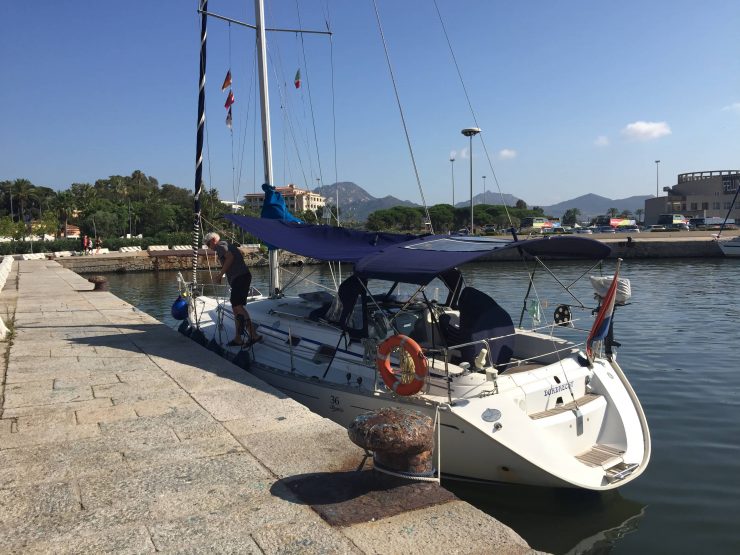
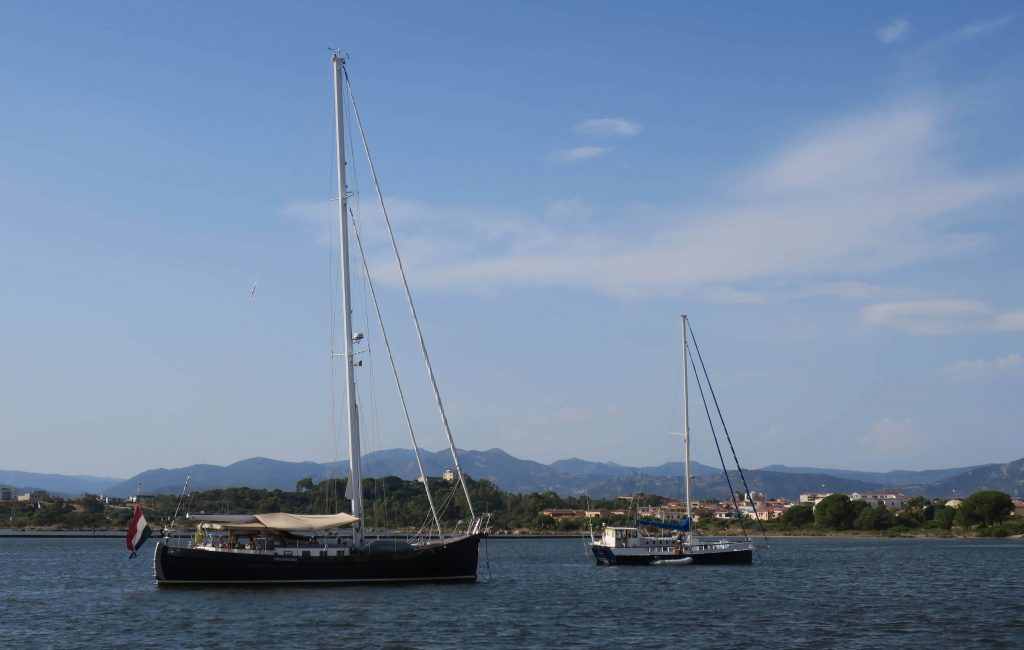
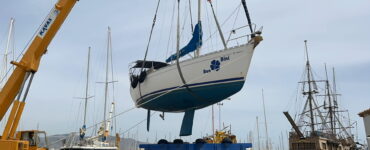
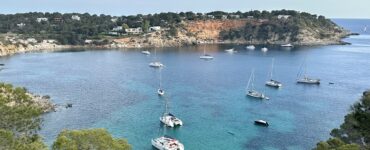
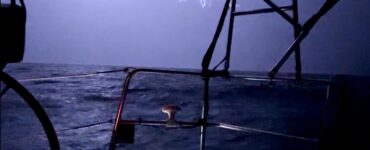
Toll, solche netten Kontakte zu haben?